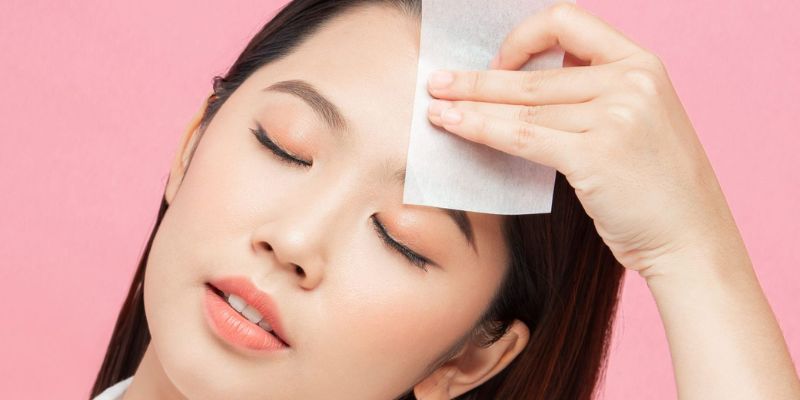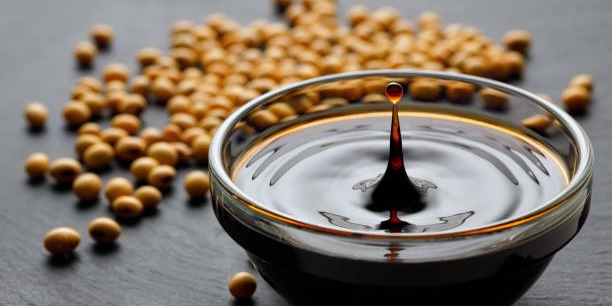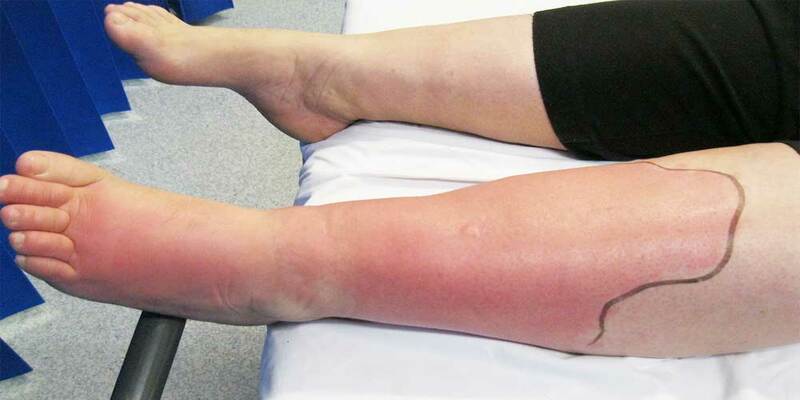Have you ever wondered why your skin looks shiny after a long day or an intense workout? The answer could lie in sebum, the natural oil our skin produces. But what is sebum, and how does it affect us?
In this blog post, we’ll plunge into the science behind sebum production and discover its roles in skin care, acne formation, aging, and much more. So, learn about one of our body’s most paramount natural oils!
Sebum Production
Sebum is an oily substance produced by the sebaceous glands, which are located in the skin's hair follicles. Sebum plays an important role in maintaining healthy skin and hair.
Here's some information about sebum production:
Function of sebum
Sebum serves several functions in the body, including:
- Sebum helps hydrate the skin by preventing excessive water loss.
- Sebum lubricates the skin and hair, preventing them from becoming dry, brittle, or friction-prone.
- Sebum forms a protective barrier on the skin's surface, helping to defend against harmful bacteria, viruses, and environmental factors.
Sebaceous gland activity
Sebaceous glands are most abundant on the face, scalp, chest, and back but are present throughout the body. Various factors, including genetics, hormones, and overall health, influence sebaceous glands' activity.
Hormonal influence
Androgens, a group of hormones that includes testosterone, significantly impact sebum production. During puberty, androgen levels increase, leading to heightened sebaceous gland activity and potentially increased sebum production. This hormonal influence is why acne and oily skin are common during adolescence.
Individual variation
Sebum production can vary widely among individuals. Some people naturally produce more oily sebum, while others may have drier skin due to lower sebum production. Age, gender, and genetics can contribute to these variations.
Factors affecting sebum production
Several factors can affect sebum production, including:
- Hormonal fluctuations during menstrual cycles, pregnancy, or menopause can influence sebum production.
- High-stress levels can stimulate the release of certain hormones that may impact sebum production.
- Some studies suggest that certain dietary factors, such as high glycemic index foods or dairy products, may affect sebum production in some individuals.
- Certain ingredients in skin care products, such as heavy oils or comedogenic substances, can influence sebum production or contribute to clogged pores.
Balancing sebum production
Maintaining balanced sebum production is important for skin health. Overproduction of sebum can contribute to oily skin, clogged pores, and acne, while insufficient sebum production can lead to dry skin.
Composition
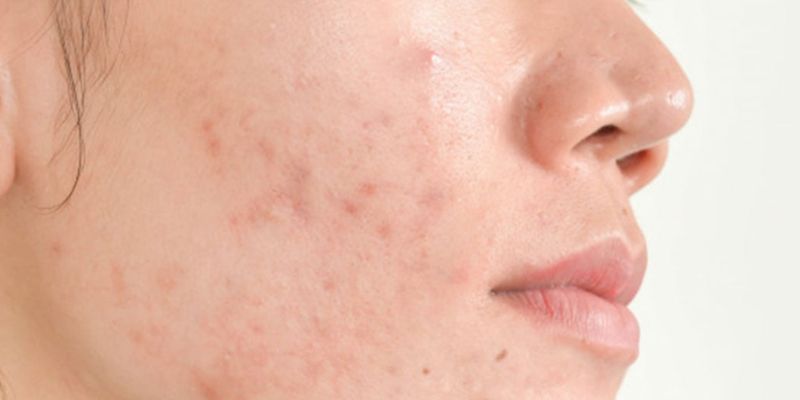
The composition of sebum consists of various components that contribute to its oily and waxy nature. While the exact composition can vary among individuals and can be influenced by factors such as age and health, here are the main constituents of sebum:
Triglycerides
Triglycerides are the major component of sebum, accounting for about 50% to 60% of its composition. They are a type of lipid (fat) and serve as the primary source of the oily consistency of sebum.
Wax esters
Wax esters comprise a significant portion of sebum, usually around 25% to 30%. These esters are formed by combining long-chain fatty acids and long-chain alcohols. Wax esters contribute to the waxy texture of sebum and provide additional lubrication and protection for the skin and hair.
Squalene
Squalene is a hydrocarbon compound comprising approximately 12% to 14% of sebum. It is involved in the hydration and lubrication of the skin and has antioxidant properties. Squalene is also a precursor to other sebum components, such as cholesterol and fatty acids.
Free fatty acids
Free fatty acids constitute around 10% to 12% of sebum. They are derived from the breakdown of triglycerides and contribute to sebum's antimicrobial properties, helping protect the skin from harmful bacteria.
Cholesterol
Cholesterol is present in sebum at about 2% to 4%. It is involved in maintaining the integrity and barrier function of the skin. Cholesterol helps regulate the fluidity and permeability of cell membranes.
Other components
Sebum also contains smaller amounts of other lipids, such as cholesterol esters, diglycerides, monoglycerides, and phospholipids. Additionally, it may contain traces of vitamins, proteins, minerals, and metabolic waste products.
Role of Sebum in Health
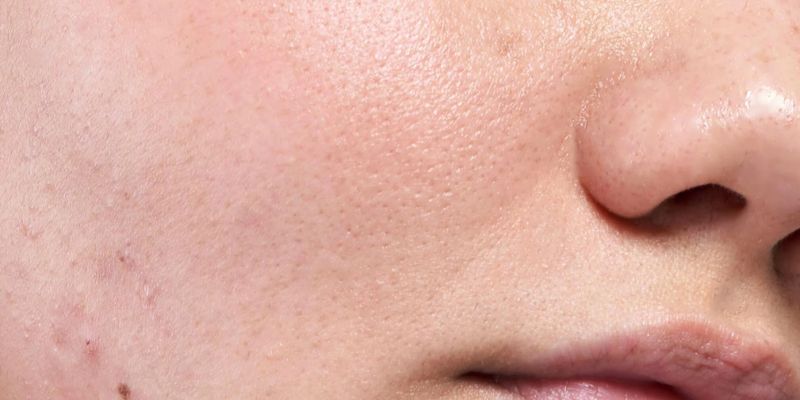
Sebum plays several important roles in maintaining the health and well-being of the skin and hair.
Here are some key roles of sebum:
Moisturization
Sebum helps moisturize the skin by acting as a natural lubricant and barrier. It forms a thin, protective layer on the skin's surface that helps to prevent excessive water loss, keeping the skin hydrated and supple.
Skin protection
Sebum provides a protective function for the skin. It forms a hydrophobic (water-repellent) barrier that helps to shield the skin from environmental factors, such as pollutants, irritants, and microorganisms.
This protective barrier helps to maintain the skin's integrity and defend against infections and external damage.
Hair lubrication
Sebum is essential for lubricating the hair follicles and shafts. It helps to keep the hair soft, smooth, and manageable. Sebum also helps to reduce friction between hair strands, preventing breakage and damage.
Antimicrobial properties
Sebum contains free fatty acids that possess antimicrobial properties. These fatty acids help to create an acidic environment on the skin's surface, which inhibits the growth of certain bacteria, fungi, and other microorganisms.
This antimicrobial activity helps to protect the skin from infections and maintain a healthy microbial balance.
Maintenance of skin barrier function
Sebum contributes to the integrity and function of the skin barrier. It helps to regulate the fluidity and permeability of the skin cells, ensuring proper functioning and preventing excessive loss of moisture and nutrients.
Vitamin D synthesis
Sebum plays a role in synthesizing vitamin D, a crucial nutrient for various physiological functions, including bone health and immune system regulation. When the skin is exposed to sunlight, sebum helps convert a precursor molecule (7-dehydrocholesterol) into vitamin D.
Overproduction
Overproduction of sebum, known as seborrhea or seborrheic dermatitis, can lead to various skin and hair issues.
Here are some common effects of sebum overproduction:
Oily skin
Excessive sebum production can result in oily skin, especially in the T-zone area of the face (forehead, nose, and chin). The excess sebum gives the skin a shiny, greasy appearance and can make it feel slick or sticky to the touch.
Acne
Excessive sebum production can contribute to the development of acne. When sebum combines with dead skin cells and bacteria, it can clog the pores, forming pimples, blackheads, and whiteheads. The excess sebum provides an environment conducive to bacterial growth, which can further exacerbate acne.
Clogged pores
Overproduction of sebum increases the likelihood of clogged pores. When the pores become blocked, they can form comedones (clogged hair follicles) or sebaceous filaments, resulting in rough skin texture.
Skin congestion
Excess sebum accumulation on the skin's surface can cause congestion or heaviness. This can be particularly noticeable in areas with high sebaceous gland activity, such as the face and scalp.
Increased bacterial growth
Excess sebum provides a suitable environment for the proliferation of bacteria, particularly Propionibacterium acnes, associated with acne. The increased bacterial activity can contribute to inflammation and exacerbate skin conditions.
FAQs
Is sebum good or bad?
Sebum is a natural lubricant the skin produces to help keep it hydrated. It can be beneficial in keeping your skin moist and supple. However, too much sebum can lead to oily skin and clogged pores, which can cause breakouts.
What is the main cause of sebum?
The main cause of sebum is hormones, specifically androgens. As these hormones increase in the body, the sebaceous glands secrete more oil which can accumulate on the skin leading to an oily complexion.
Is sebum a pimple?
No, sebum is not a pimple. It is the oily substance secreted by the skin’s sebaceous glands, which can clog pores and lead to breakouts. Pimples are inflamed lesions that occur due to bacterial infections or hormonal imbalances.
Conclusion
Sebum has essential effects on our skin that contribute to beauty and health. It is integral to various processes responsible for our skin's appearance, production, and protection. Sebum protects us from infection and is also necessary for regulating moisture and hydration in our skin.
Considering all these features, we must consider one question: What is sebum? By understanding the roles sebum plays in our body, we can better understand how to care for ourselves and ensure healthy, beautiful-looking skin inside and out.
